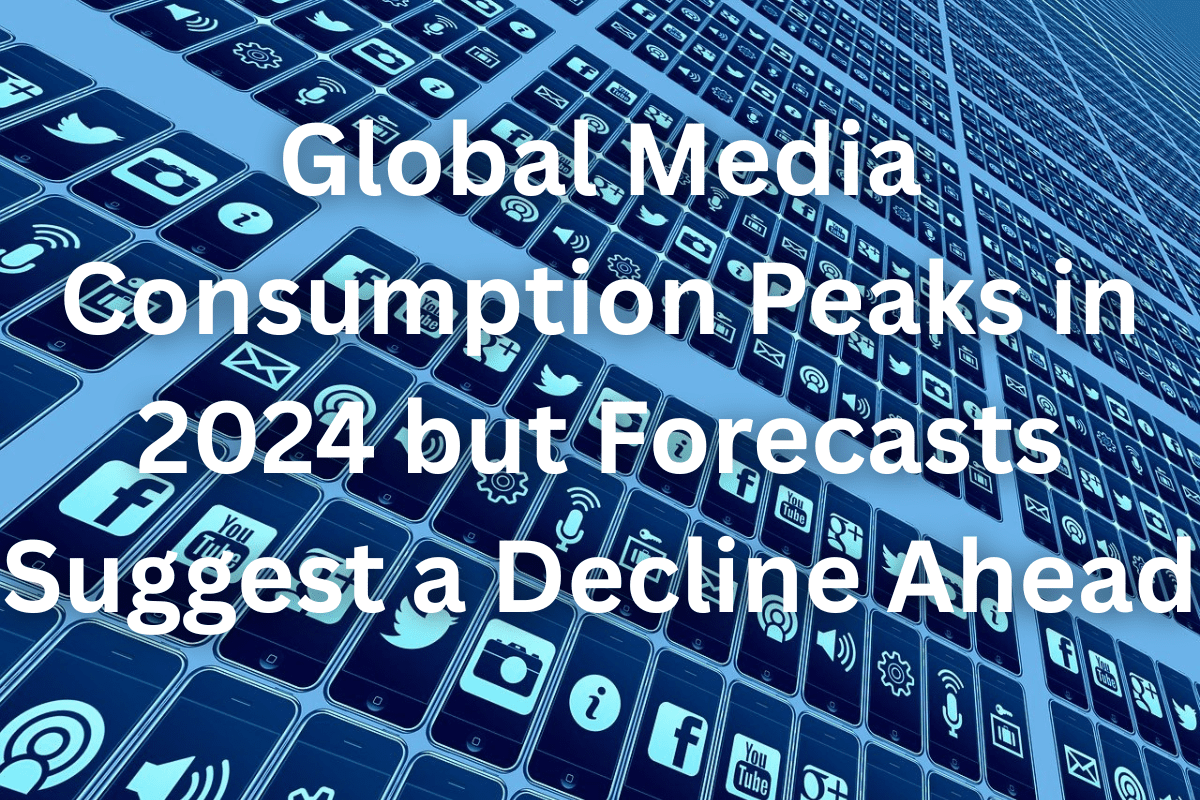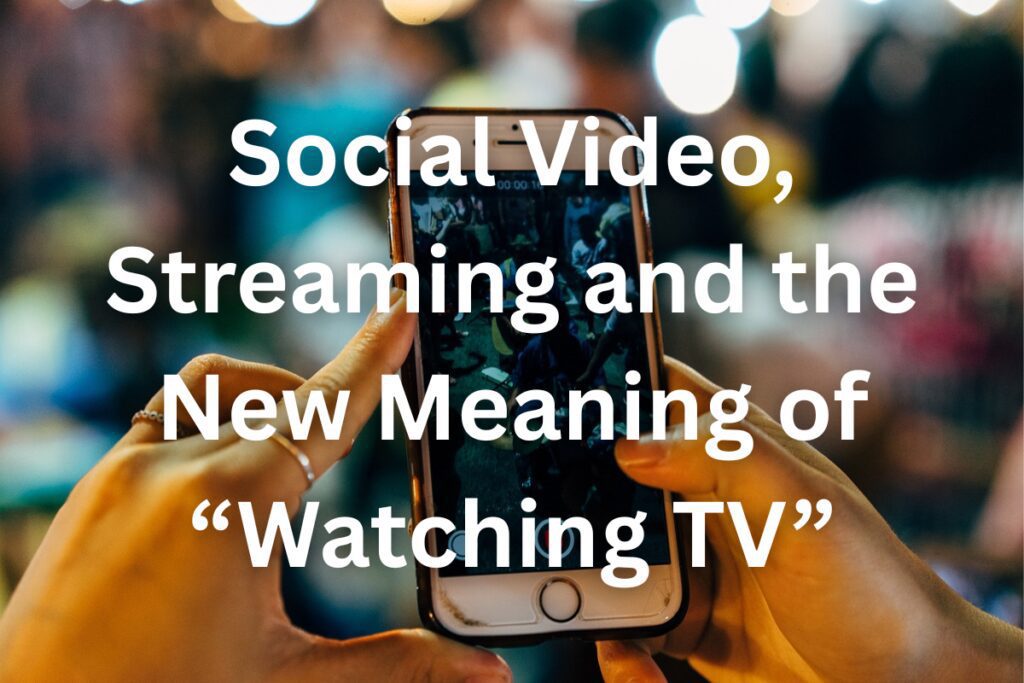Global media consumption experienced a modest yet notable increase of 2.4% in 2024, bringing average weekly media usage to 57.2 hours, according to PQ Media’s latest report.
The 12th Annual Global Consumer Media Usage Forecast 2025–2029 attributes this rise largely to major global events such as the Summer Olympics, which drew audiences back to traditional broadcast channels while fuelling interest in digital platforms.
Despite this uptick, the horizon looks less optimistic. PQ Media forecasts a 0.3% decline in 2025 – marking the first downturn since the 2009 financial crisis.
According to the company’s executive vice president and director of research, this projected dip indicates that digital media growth is no longer offsetting the steady erosion of traditional media consumption.
Why Media Growth Is Slowing
The report outlines several contributing factors behind this anticipated plateau:
- Saturation in Developed Markets: In mature markets like the United States, where digital access is already widespread, media consumption may have reached its natural peak. There are fewer new consumers entering the ecosystem, and fewer groundbreaking platforms emerging to spark further engagement.
- The “Even-Year” Effect: Odd-numbered years historically underperform in media growth compared to even-numbered years. This is largely due to major sporting events and national elections, which tend to drive spikes in viewership and engagement during even-numbered years like 2024.
- Lack of Transformative Technologies: While innovations such as artificial intelligence and the metaverse have captured headlines, their actual impact on consumer media behaviour remains minimal. The report notes that no transformative tech – comparable to the smartphone boom of the early 2000s – has emerged in recent years to fundamentally reshape consumption habits.
Digital on the Rise, But Not Enough
Digital media saw a significant gain in 2024, growing its share to 39.7%, up from 37.3% in 2023.
In 11 of the top 20 global markets, digital now accounts for over half of total media consumption. Mobile video was the standout performer, posting a remarkable 16.7% increase. This surge reflects growing global dependence on mobile devices for entertainment, news, and social engagement.
However, not all digital growth translates into overall industry health. For instance, ad-supported media saw a decline, with consumers spending only 52.7% of their time on such platforms in 2024, compared to 55.5% in 2019.
This trend highlights changing attitudes toward advertising and a pivot toward subscription-based or ad-free content.
Television and Film: Still Holding Strong
Despite all the talk of digital, television remained the most-used channel, occupying 28.07 hours per week on average. This figure encompasses live broadcasts, digital TV, streaming, and OTT platforms.
The film and home video category experienced the fastest annual growth – 10.4% – fueled by an influx of direct-to-streaming movie releases and blockbuster hits.
Traditional formats also saw surprising resilience. The report underscores the enduring popularity of printed books, which remain widely read across all generations – serving as a reminder that newer media formats don’t always replace older ones.
A Word of Caution to Marketers
The data sends a clear message to marketers: don’t discount traditional media too quickly.
According to PQ Media’s research head, while influencer and content marketing continue to be trendy, traditional platforms still command larger, more diverse audiences in many cases. Strategic balance between old and new channels will be key for effective reach.
Conclusion: Media’s Tipping Point Has Arrived
2024 may well be remembered as the year global media consumption peaked – a culmination of decades of innovation, platform proliferation, and expanding screen time.
But the data also signals a turning point. With limited technological breakthroughs, shifting audience behaviours, and diminishing returns from digital media, growth in media consumption is no longer a given.
As the world enters mid-2025, marketers, media companies, and technology developers alike must confront a new reality: the future of media is less about adding hours and more about earning attention in a saturated landscape.









